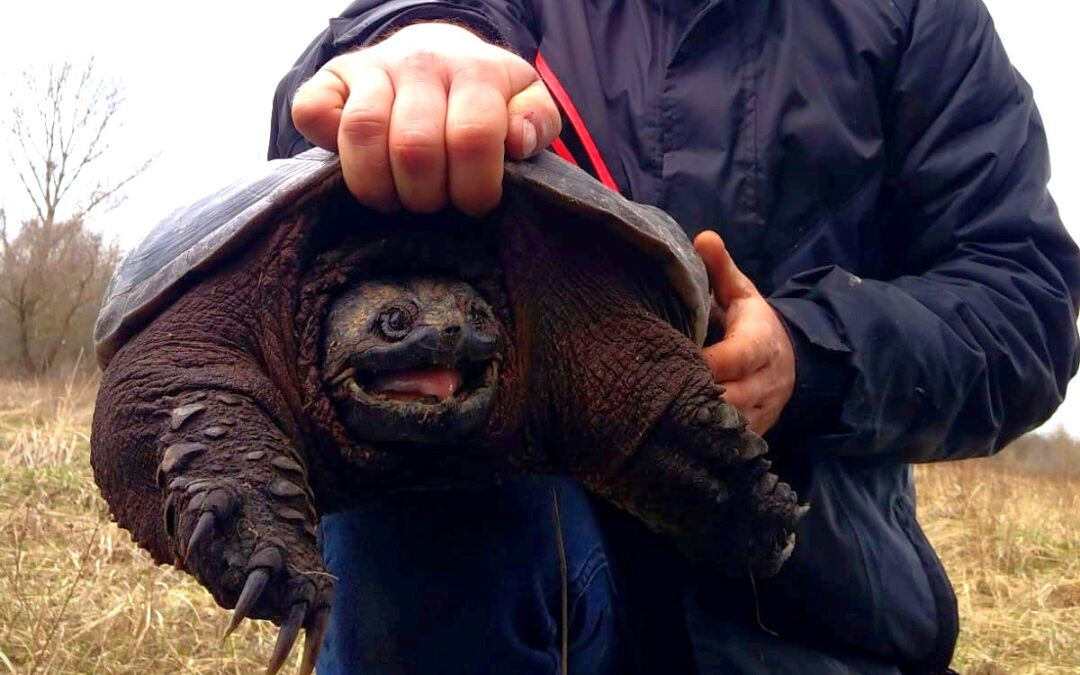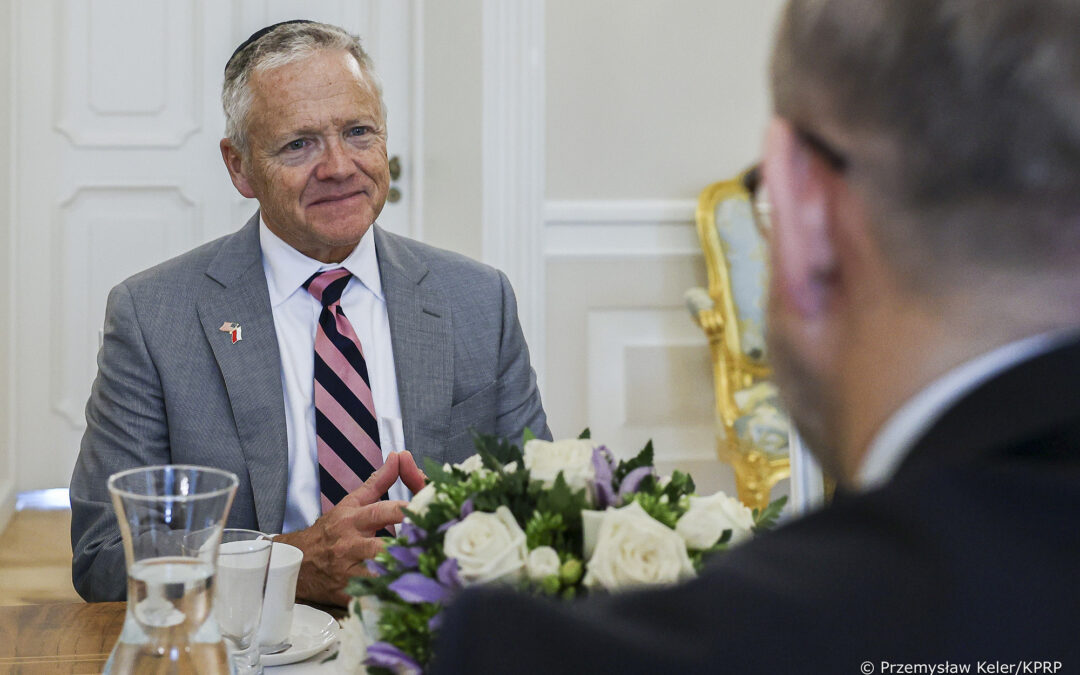A snapping turtle – a species normally native to North America and which can be dangerous to humans – was discovered in a drainage ditch in a Polish village near the capital Warsaw.
Experts note that the animal shows signs of having lived in the wild in Poland for a long time, raising speculation that it may have been one of those brought to the country 25 years ago by a Pole living in the United States who wanted to “enrich” his homeland’s wildlife.
Volunteers from the Epicrates Foundation – who rescue, care for, and promote the welfare of exotic animals in Poland – were called in by a concerned member of the public who spotted the turtle in the ditch. The creature was then identified as a large common snapping turtle, an invasive species.
“The size of the turtle indicates that it is about 20-30 years old,” Bartłomiej Gorzkowski, president of the foundation, told the Polish Press Agency (PAP). The creature weighs around 10 kilograms (22 lbs).
The condition of the turtle indicates it has been living wild for years and is not a recently abandoned pet, Gorzkowski added, speaking to broadcaster TVN24.
He suggests that the animal could be one of those illegally smuggled into Poland from the US in the late 1990s and early 2000s.
According to the Polish government’s Programme for dealing with invasive turtle species in Poland published in 2016, an unnamed Pole living in the US conducted a campaign to “enrich the country’s wildlife.”
He gave turtle eggs to passengers travelling from the US to Poland and instructed them to bury the eggs in specific locations to ensure they would hatch.
It is estimated that over 1,000 of these eggs were brought to Poland. The turtles which hatched were able to survive in Poland as the Polish climate “is perfect for them,” says the Epicrates Foundation.
However, the latest discovery is only the third snapping turtle that has ever been found in the wild in Poland. The first, discovered in Gdynia in 2006, was most likely an abandoned pet.
But the second, rescued by the Epicrates Foundation in the town of Kutno, came after “an urban legend of a strange creature living in the pond in the park”, says Gorzkowski.
“The problem with these turtles is that they are very difficult to spot in the wild,” says Gorzkowski. “Unlike other species of invasive turtles that come out of the water and bask, the common snapping turtle does so very rarely. In fact, it never comes out of the water unless it runs out of food or its hormones kick in.”
A team of volunteers, including local police, are helping toads cross the road in the city of Poznań.
As the amphibians emerge from their winter sleep and head to ponds for mating season, a fifth end up as roadkill and their population has been declining https://t.co/qaVmdnTuGf
— Notes from Poland 🇵🇱 (@notesfrompoland) March 31, 2021
The foundation must now figure out what to do with the latest discovery, which cannot be left in the wild as it is an invasive species that can be dangerous not only to native fauna but also to humans. Snapping turtles have been known to attack humans and have the potential to bite off a human finger.
“Now either we find a facility licensed to hold invasive alien species, specifically snapping turtles. If not, we will apply to the Regional Directorate for Environmental Protection for permission to hold it as a preventive measure and create a sanctuary. We have a sanctuary, but not for this species,” says Gorzkowski.
The snapping turtle found in 2006 ended up at Gdynia Aquarium, while the one in 2016 was subsequently taken to the zoological gardens in the city of Zamość.
The domestic cat has been classified as an invasive species by Poland's leading scientific body.
However, the environmental protection agency reassured concerned pet owners that cats have not been added to the official Polish and EU invasive species lists https://t.co/5Ozf4tiPYy
— Notes from Poland 🇵🇱 (@notesfrompoland) July 19, 2022

Anna Hackett is an assistant editor at Notes from Poland. She is a recent graduate of European Studies from Trinity College Dublin and has had previous journalistic experience with the Irish Independent News & Media group.




















